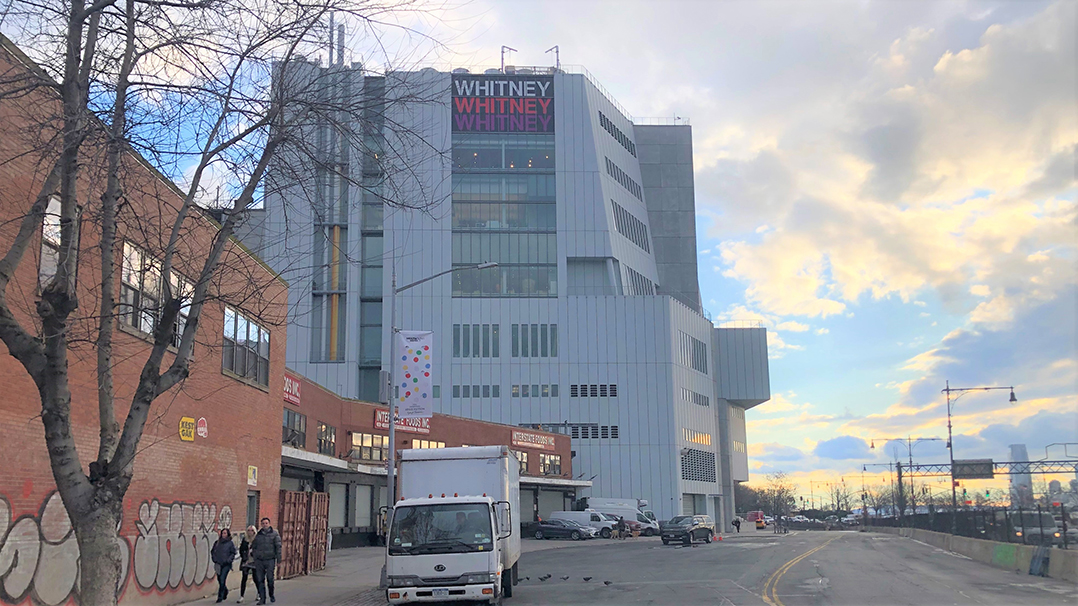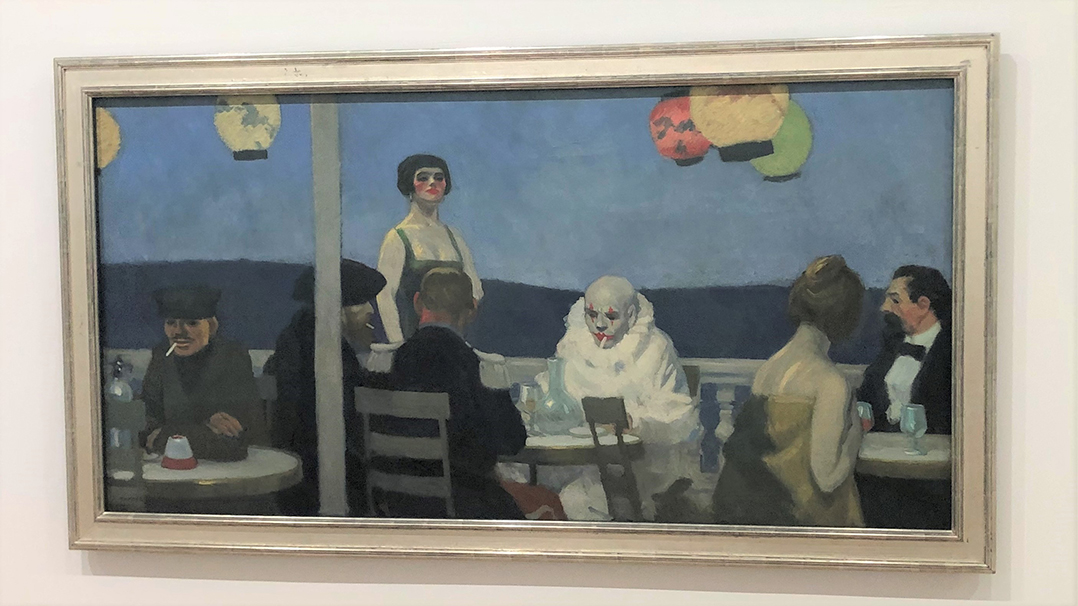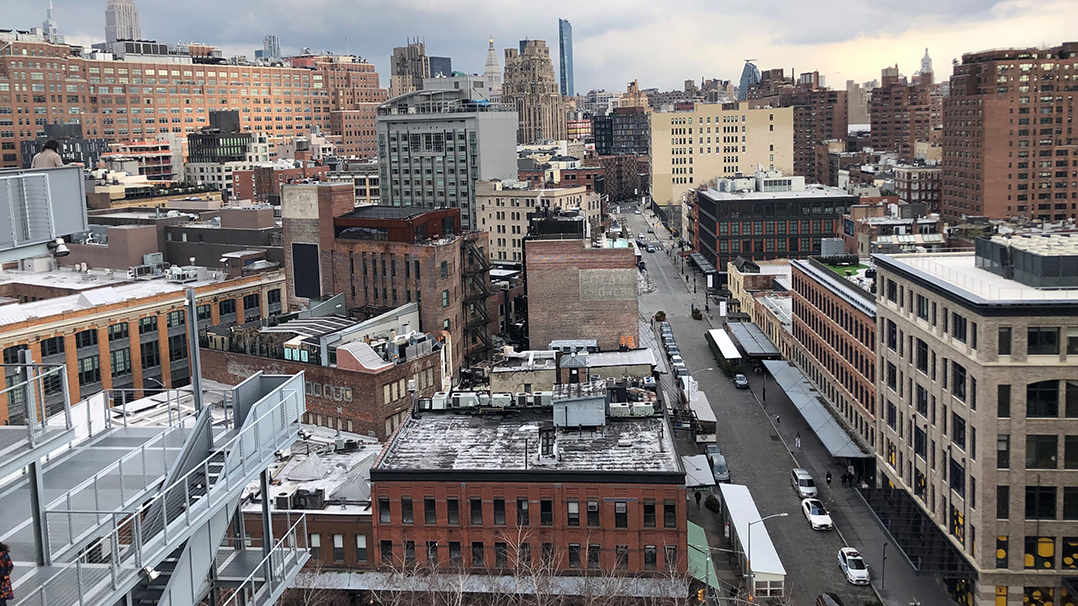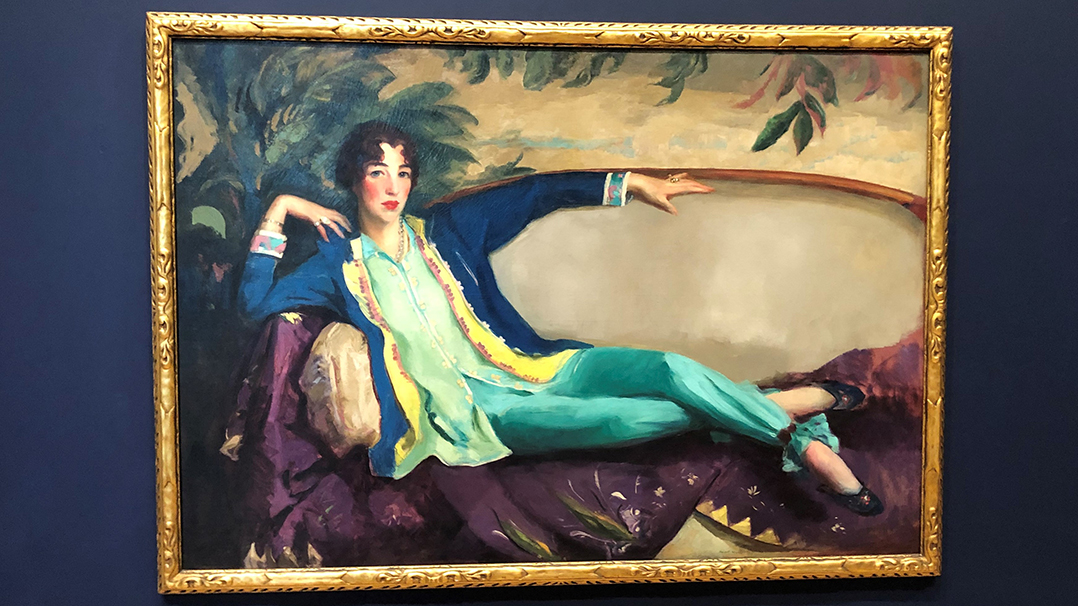Today, in the continuing series about often-overlooked New York City destinations, we visit the Whitney Museum of American Art at its new location in the Meatpacking District.
Gertrude Vanderbilt Whitney, the great-granddaughter of Cornelius Vanderbilt, became a well-regarded sculptor after visiting Paris in the early 1900s. Living in New York, she learned that American artists were having difficulty selling art incorporating new ideas. She began purchasing pieces from living American artists, usually within a year of their creation. In 1931, after the Metropolitan Museum of Art declined her offer of 500 pieces from a collection of about 7,000, she opened the Whitney Museum of American Art, popularly called the “Whitney,” in Greenwich Village. In 1954, after Whitney’s death, the museum moved to 54th Street, and then in 1966, to a new building at Madison Avenue and 75th Street. In 2015, the Whitney moved to a new building in the Meatpacking District, between the Hudson River and the High Line, now an above-ground urban park. The eight-story building, designed by architect Renzo Piano, includes about 50,000 square feet of indoor gallery space and 18,000 square feet of outdoor exhibition space.
Today, the Whitney, including more than 26,000 works by American artists from the 20th and 21st centuries, is considered the most comprehensive museum in the world displaying such art. The 3,800 artists represented include some of the best-known American artists from that period, including Ansel Adams, Thomas Hart Benton, Stuart Davis, Jasper Johns, Georgia O’Keeffe, Jackson Pollack, Mark Rothko and Andy Warhol. The collection also includes sculptures by Whitney herself and more than 3,000 works by Edward Hopper, including 133 oil paintings and 2,500 drawings, including sketches for his most famous works, including “Nighthawks.” When you visit the Whitney, stop at the vibrant Chelsea Market nearby, where Nabisco’s Oreo cookies were once made.






